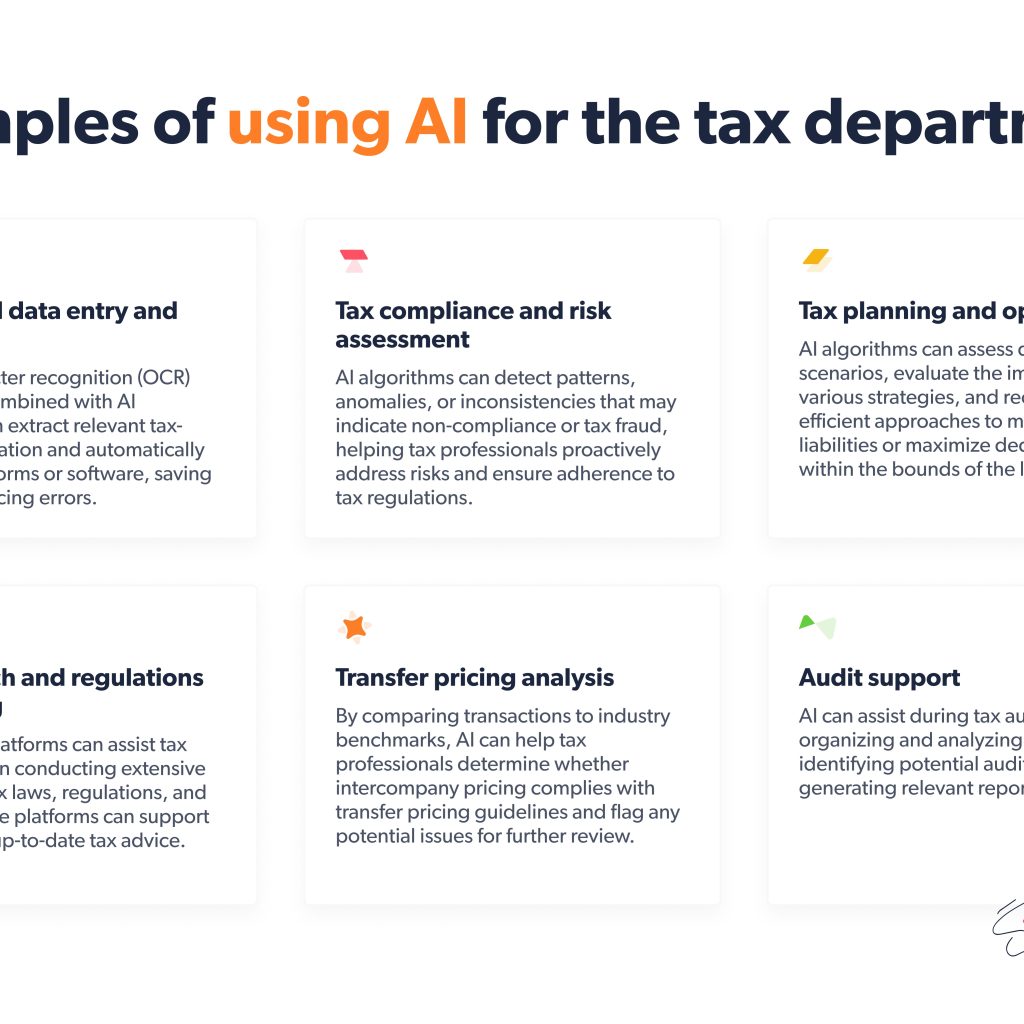The New York City Metropolitan Transport Authority (M.T.A.) has embraced cutting-edge AI surveillance technology to combat fare evasion in the subway system. The AI system, named “DETECTOR,” developed by Spanish software company AWAAIT, has already been implemented in seven stations across the city. The M.T.A. plans to expand its use to two dozen more stations by the end of the year. This move comes after the agency lost a staggering $690 million to fare evasion in the previous year, prompting them to take decisive action against this growing problem.
AI surveillance system’s purpose
DETECTOR was originally designed for the Barcelona subway network and has proven effective in detecting fare evasion methods. In New York City, the AI system is integrated with existing camera infrastructure to monitor video feeds in real-time, providing 24/7 data on fare evasion patterns without identifying individual offenders or aiding law enforcement.
The M.T.A. emphasizes that DETECTOR is primarily used to generate reports and quantify the extent of fare evasion, not for identifying evaders or triggering real-time alerts to law enforcement. This technology aims to help the M.T.A. measure the frequency and methods of fare evasion, allowing them to better understand the issue’s scale.
Understanding fare evasion methods
The AI’s analysis has revealed fascinating insights into fare evasion methods used by subway riders. The data indicates that approximately 50% of fare evasion involves individuals walking through emergency exit gates, 20% climbing or jumping over turnstiles, 12% ducking underneath, and 16% using a method known as “back-cocking,” which involves pulling the turnstile backward to slip through the gap.
DETECTOR enables the M.T.A. to monitor fare evasion spikes at specific times of the day. One significant surge occurs around 3 to 4 p.m., coinciding with school dismissal times, while a smaller spike occurs during the morning rush hour. Armed with this data, the M.T.A. can effectively devise targeted strategies to address these peak periods.
Addressing fare evasion challenges
The M.T.A. acknowledges that fare evasion poses a complex challenge and has proposed various solutions to tackle the issue. These solutions range from improving outreach to students about the importance of paying fares to implement new fare gates that are harder to bypass without payment, potentially eliminating the need for emergency exit gates.
While AWAAIT’s AI system has been used in Barcelona to provide fare evasion alerts to ticket inspectors via a smartphone app, the M.T.A.’s approach focuses solely on generating data reports. NYC’s system does not involve real-time direct interventions by inspectors or enforcement officers.
MTA’s effort to address fare evasion
The M.T.A. is taking fare evasion seriously, recognizing its significant financial impact on the transit system. By leveraging AI technology, the agency aims to gain better insights into the scale of the problem, ultimately leading to more targeted and effective solutions.
With “DETECTOR,” an AI-powered surveillance system, the M.T.A. is taking a major step in addressing fare evasion in New York City’s subway system. The technology provides valuable data on fare evasion patterns, enabling the agency to devise targeted strategies to combat this issue. As the system expands to additional stations, the M.T.A. hopes to curb fare evasion and improve the overall efficiency and sustainability of the subway system.





